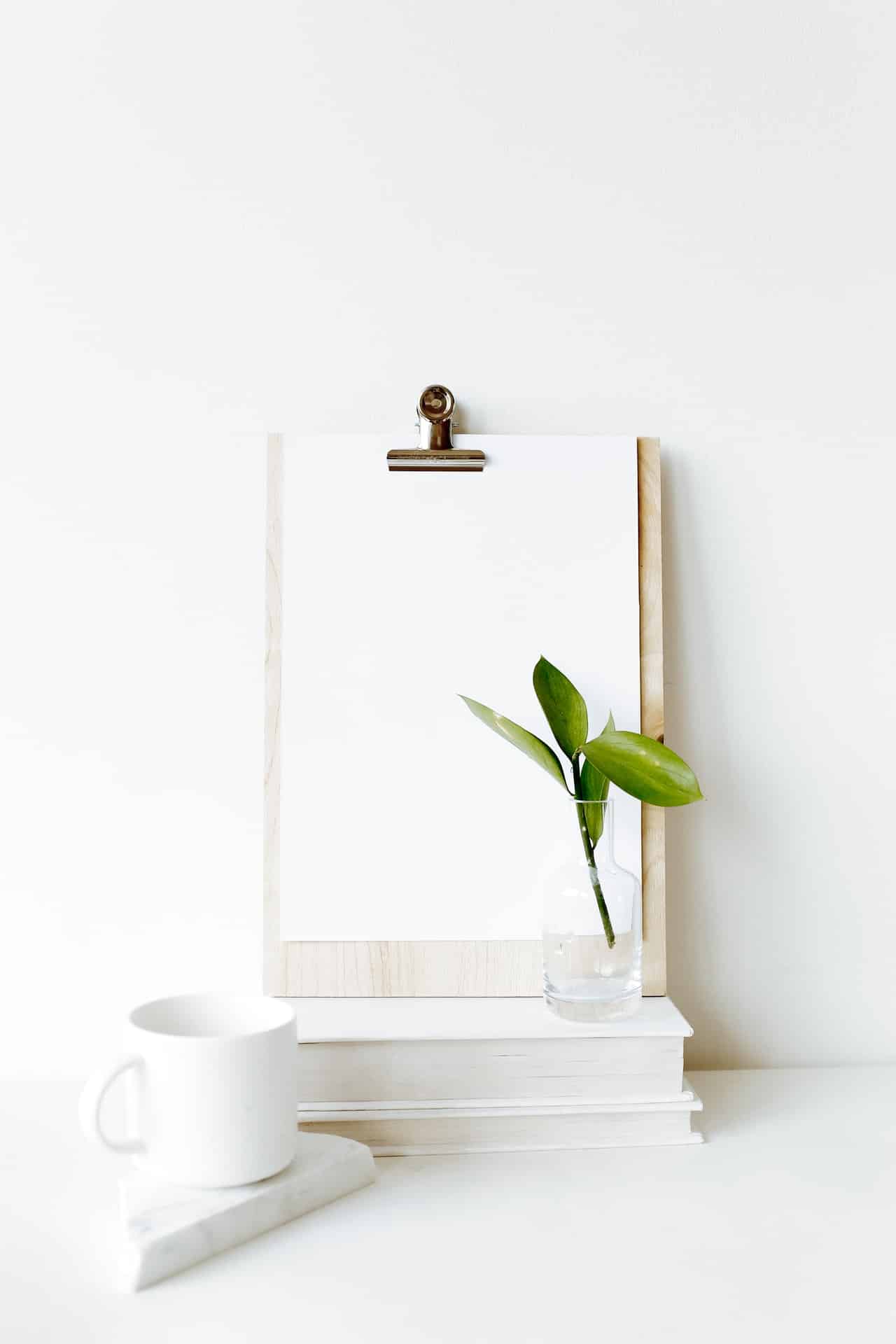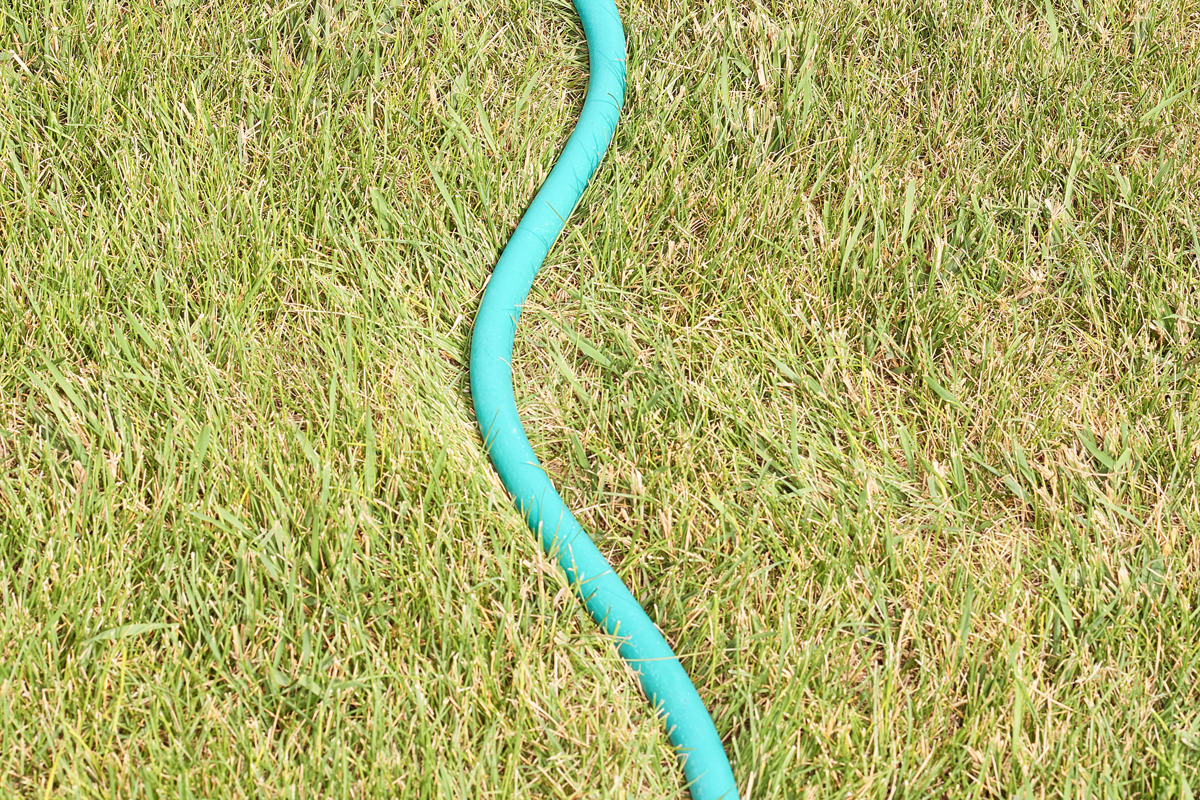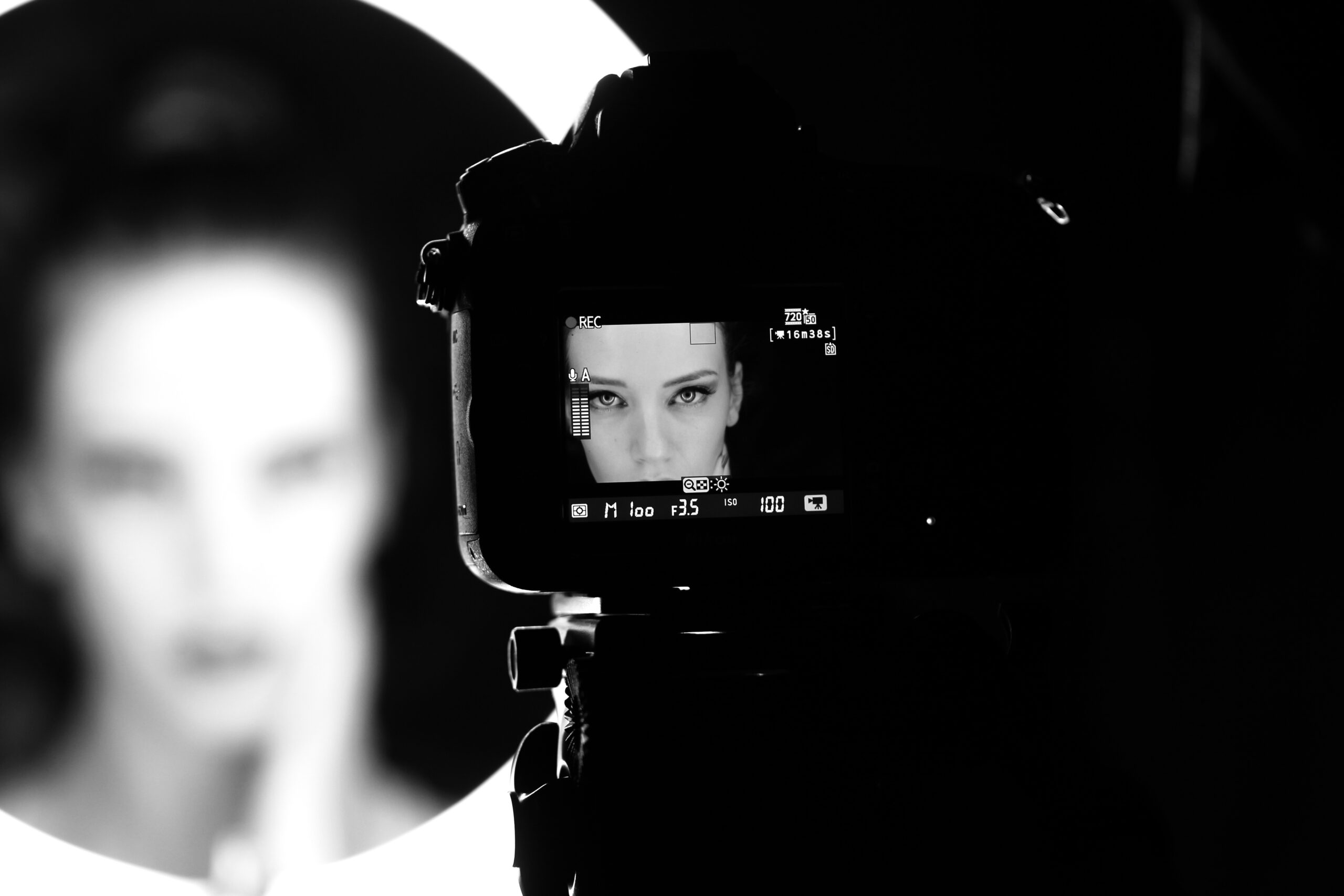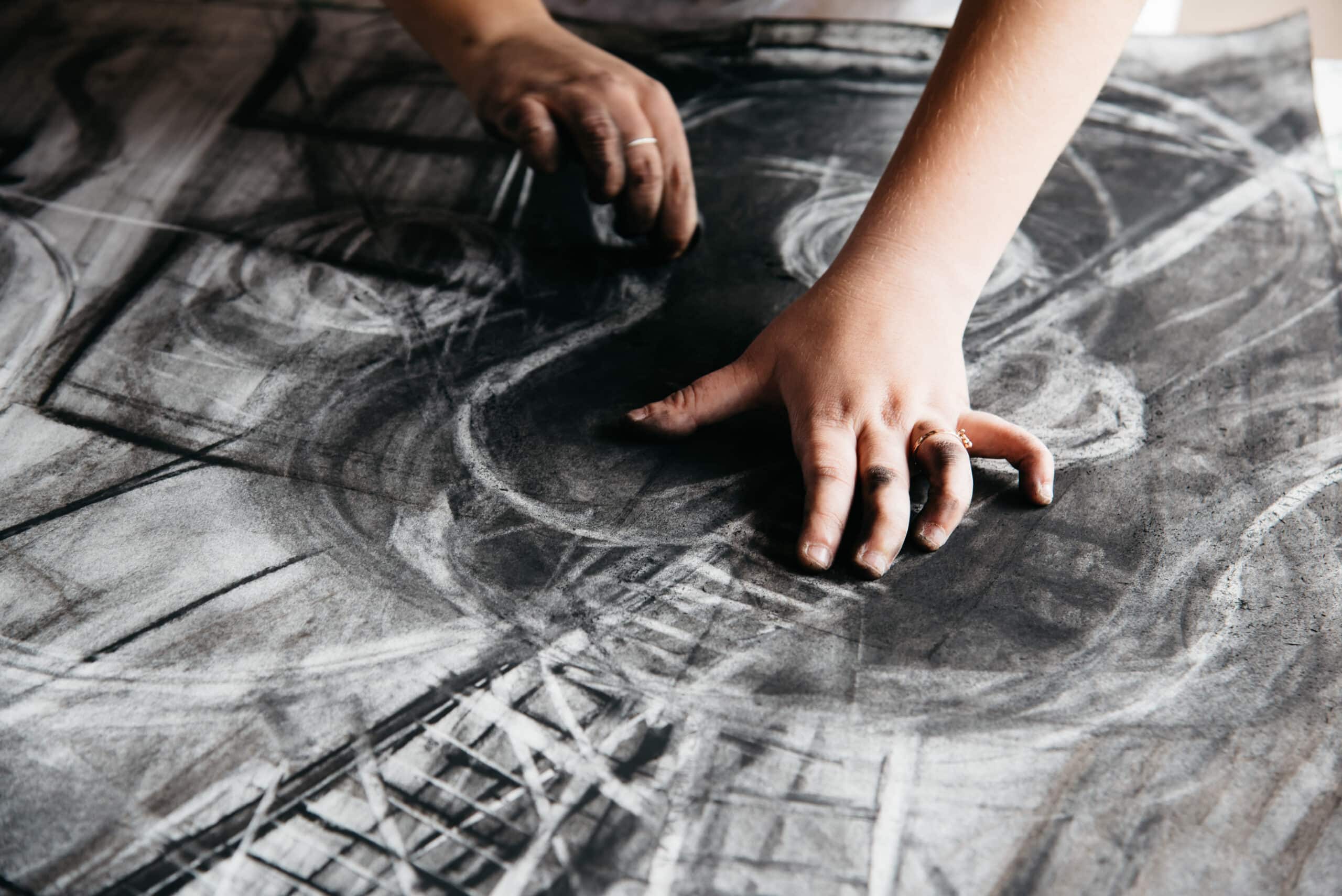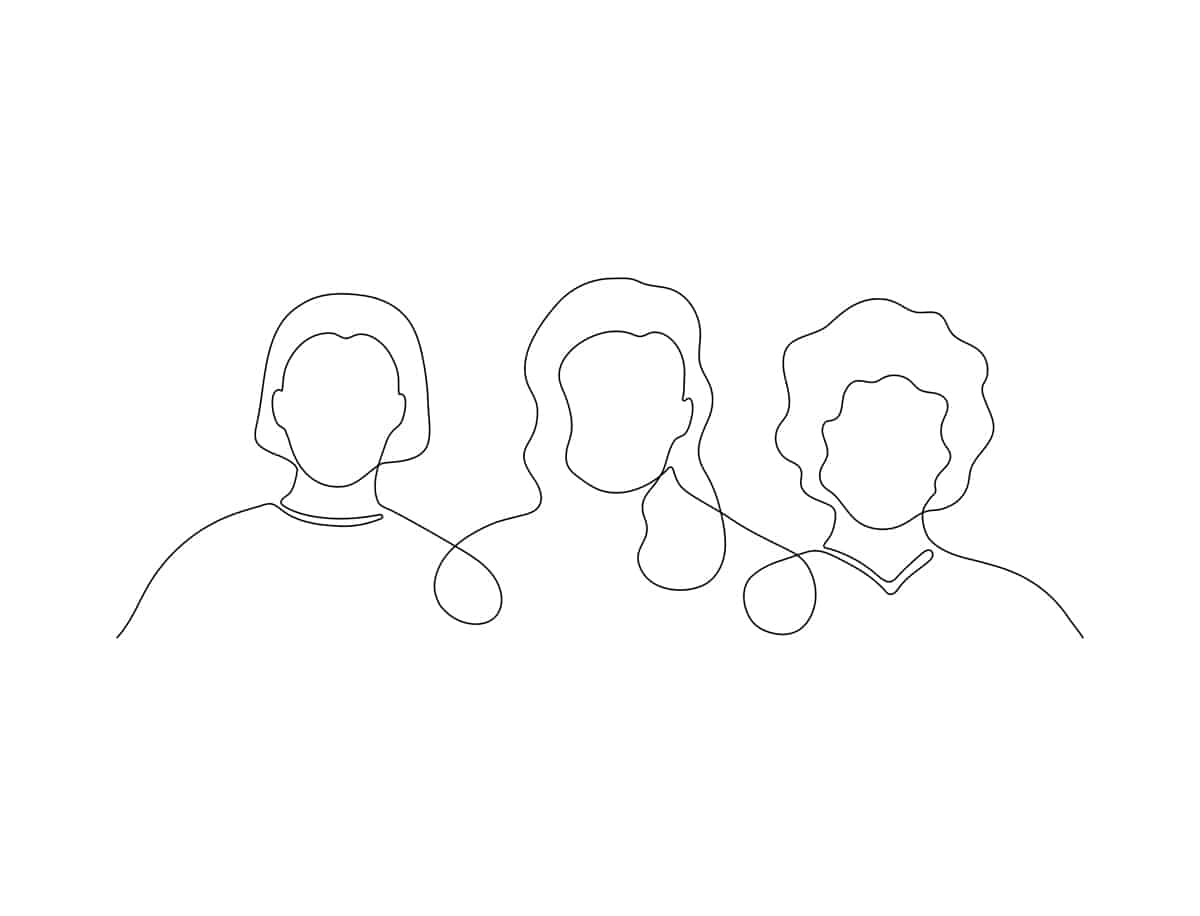Minimalism is super trendy these days, whether it’s cutting out every unnecessary possession to live in a tiny home or making over your closet to only hold the essentials. Likewise, minimalist photography trends are probably showing up all over your Pinterest feed. But how do you achieve those gorgeous minimalist pictures that you keep seeing on all of your social media timelines? Minimalist photography may appear simple, but there’s more to the process of actually creating minimalism photography than initially meets the eye. Luckily, we’ve compiled all of the tips that you’ll need to get started on your minimalist photography journey, whether you’re brand new to photography or have been doing it for years.
Minimalist Photography Tips
When you create any type of photography, there are certain elements that come into play to make up your final photo. Minimalist photos require you to think carefully about each of these elements and how they work together to serve your vision. Here, we’ll go over some of the basic elements of a photo and how to apply them to creating your best minimalism photography.
Tip #1: Minimalist Photo Composition
Capturing a powerful image has a lot to do with the composition of your photo, and minimalist photography is all about simplicity and finding the perfect balance. A simple way to think about composition in terms of minimalist photography is to think about all of the elements in your shot, and decide what is actually necessary and what can be eliminated for the sake of the image as a whole.
Composition in minimalist photography refers to the way your viewer’s eyes will move around the photo. As a photographer, you are able to arrange the elements in your composition to suit your purpose, especially if you are working with minimal still life photography or portraiture. You can manipulate the elements of your composition in order to guide your viewer’s eye to the most important parts of your image.
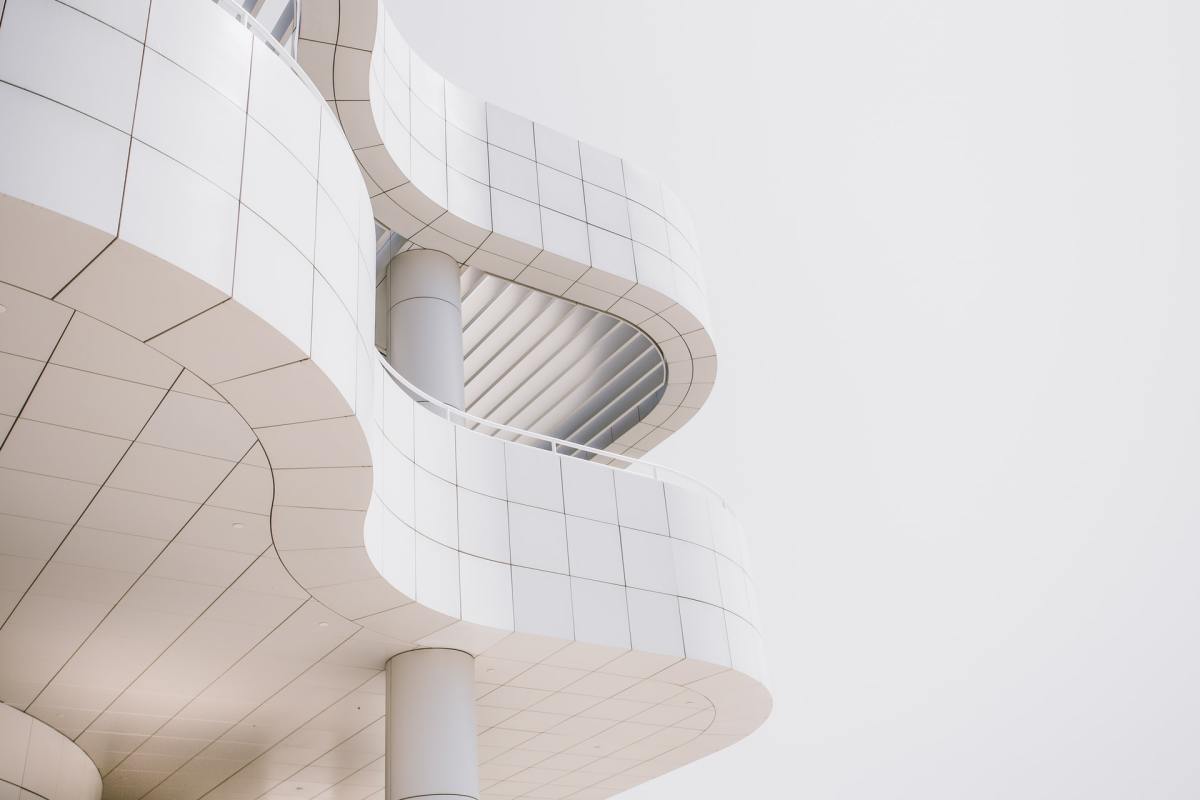
Tip #2: Move Around Your Subject
When it comes to minimalist landscape photography or architectural photos, it may be a bit more difficult to physically arrange your subjects exactly as you would like. However, you do have control over your location and angle in relation to your subject, which can make all the difference in whether or not your minimalist photo is successful. If you’re not able to crop out the visual clutter when lining up your shot, you can always apply the principles of composition in post-production in Lightroom or Photoshop.
Tip #3: Experiment with Camera Settings
You can also make use of your camera’s manual settings in order to experiment with different types of compositions. For example, you can adjust your aperture settings depending on whether you want the emphasis to be on the foreground or background, blurring whatever is not the focus so your viewer’s eyes know where to focus.
Tip #4: Use the Rule of Thirds
While you can edit or remove unnecessary elements after the fact or even use Lightroom presets to set the tone, achieving a successful composition starts with your initial shot. Many photographers refer to the rule of thirds when creating their compositions. You may want to read up on the rules of photography composition so you have a starting point when you’re setting up for your first a minimalist photoshoot.
Tip #5: Isolate Your Subject
Minimalist photography is about achieving a strong impact with only a few visual elements, so experiment with removing as much visual information from your composition as possible without compromising the strength of the image. When you provide ample visual space around your photo’s subject, your viewer’s eye will automatically be drawn to your subject, allowing them to immediately understand what the photo is all about. This can be effective even when the subject is small in relation to the overall composition, as long as it is positioned against a plain background.
Tip #6: Negative Space
When you use negative space effectively, you will be able to direct the way the viewer’s eye travels around the composition. In addition, by providing visual space around your subject, you give your viewer’s eye time to rest, rather than moving continuously all around the image without knowing where to settle.
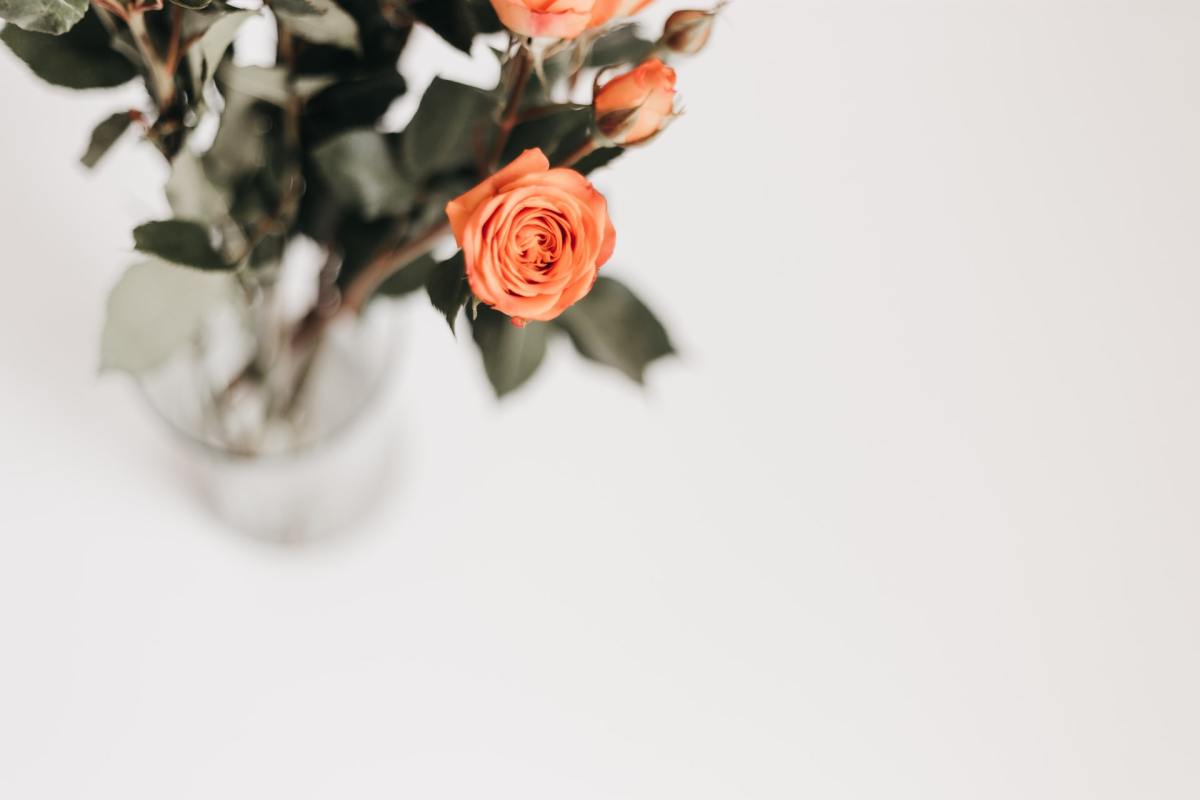
Tip #7: Color and Texture in Minimalist Photography
While minimalist photos are often black and white, there is no rule stating that your minimalist photography can’t be colorful. In fact, using bold colors in your photos can be just as effective as more of neutral color palette, depending on what you are going for with your minimalist photography. You may want to include small pops of color in an otherwise neutral photo or go for a colorful negative space, like a blue lake or sky. You may want to refer to a color wheel, as making use of complementary colors can be a very effective tool in minimalist photography.
Likewise, when you incorporate texture into your minimalist photography, it may be either your focal subject or your background that is textured. All of these choices will depend on a variety of factors, so while you’re getting started, don’t be afraid to try out a bunch of different things so you can discover what works best for your individual artistic eye.
Tip #8: Lines and Shapes in Minimal Pictures
Just like the other elements of a minimalist photo, lines and shapes are another way to direct your viewer’s eye around the composition. Lines can be made up of architecture, phone lines, the horizon, or mountains, and the way you position them in your composition will determine the way people experience the subject and feel of your final photo. You can also use a repetitive pattern as negative space, like a simple wallpaper or floor tiles, as long as it doesn’t distract too much from your subject.
Tip #9: Following vs. Breaking the Rules in Your Minimalist Photography
Some think minimalist pictures should tell a specific story, while others think it’s more about what you’re depicting than any deeper meaning. There are always going to be rules or guidelines to an art form, but part of being creative is deciding when and how those rules will apply to your work, if at all. Don’t be afraid to go against the grain and get experimental, even if that means breaking some of the rules you’ve picked up along the way. These guidelines will help you get started, but where you take your minimalist photography is entirely up to you.
Examples of Niche-Specific Minimalist Photography
The principles of minimalism can be applied to all of the different types of photography, from portraiture to landscape to fashion, but applying these principles can vary depending on what niche you’re working in. In this section, we’ll go over some of the most popular photography niches and break down how you can make the best use of minimalist photography in each of these situations.
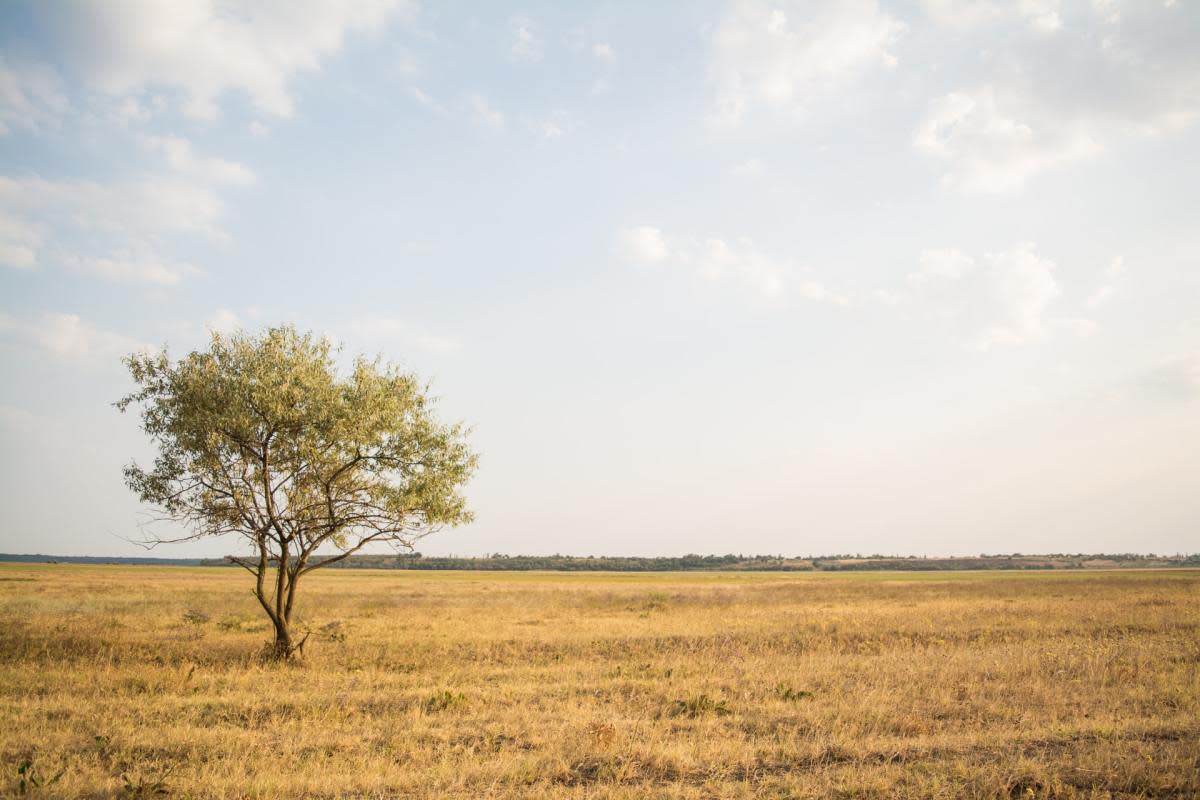
Minimalist Landscape Photography
Landscape photography provides a great opportunity for minimalist photography, with nature providing all sorts of inspiration for you to draw from. In order to create beautiful minimalist landscape photography, start by looking for areas with a lot of negative space, like a vast, open sky or a snow-covered ground. Then focus in on a subject, making sure to frame it within your minimalist photo and using the negative space to isolate your subject. Examples of naturally occurring compositions include things like a single tree in the snow or a mountain against a blue sky. You might photograph a flower or tree from below to frame it against the sky, or you could pick up an object from the ground and hold it in front of you with the sky in the background. Achieving great minimalist nature photography all comes down to how you frame your image, and what elements you choose to include and eliminate. If you need more ideas for your minimalist landscape photography, browse some landscape photography portfolio website examples to get your inspiration flowing.
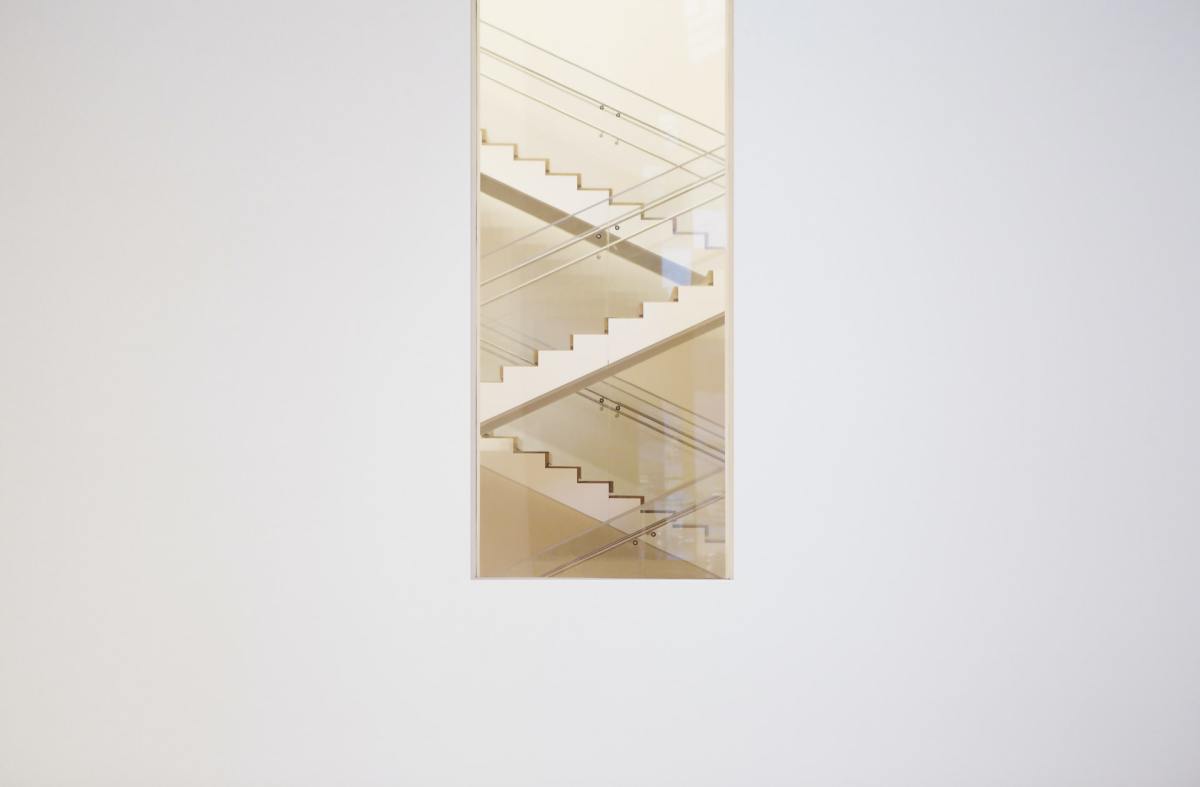
Minimalist Architecture Photography
Architecture is another niche that can work really well with minimalist photography. Earlier in this article, we went over the components of a successful minimalist photo, one of which was lines and shapes. Architecture really lends itself to minimalist photography because it is basically all lines and shapes. When you frame these lines against negative space, you can adjust your position in order to lead the viewer’s eye in a certain direction, depending on what you are going for in your minimalist architecture photography. Since buildings tend to be close to one another, particularly in highly populated areas, you might want to make use of a post-production application in order to eliminate unnecessary or distracting elements from your minimalist photo. You might want to play with architectural symmetry to create a balanced image. It’s also always a good idea to get some inspiration from other photographers, so check out some examples of architecture photography portfolios before you head out on your first photo shoot.
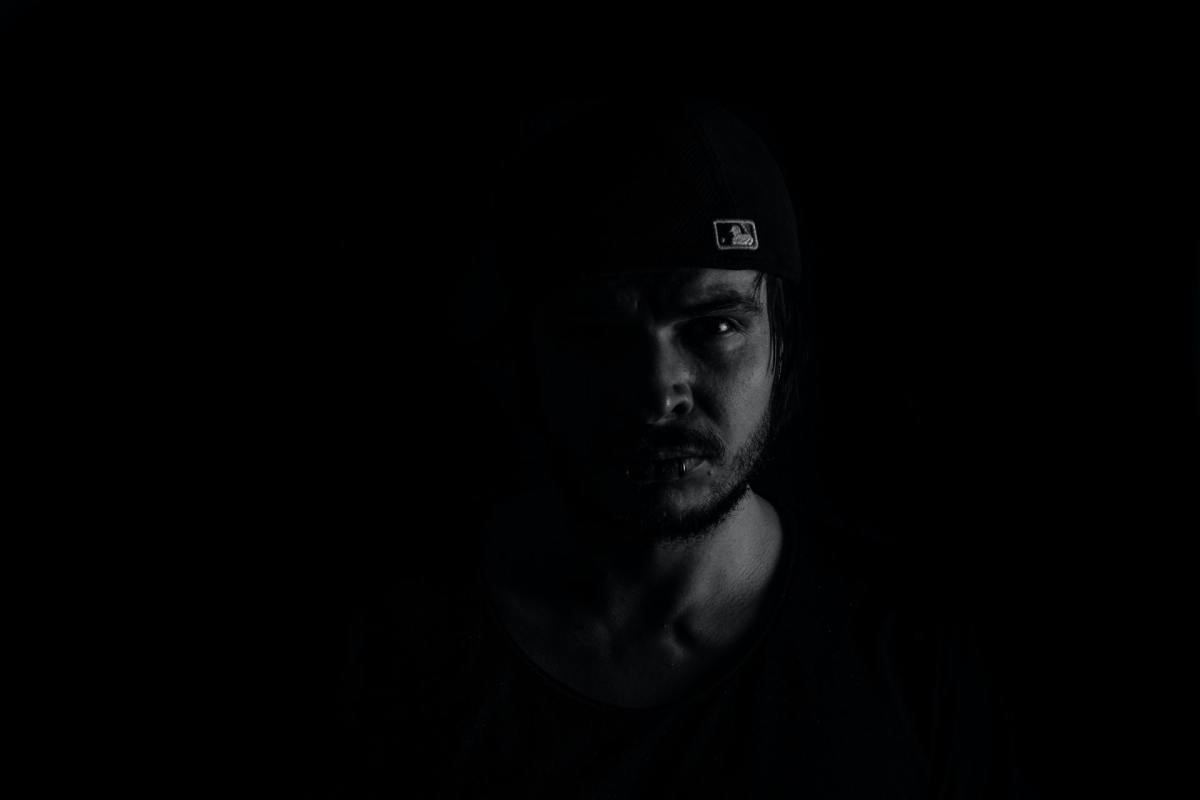
Minimalist Portrait Photography
Although traditional portraits focus on the face of your subject, minimalist portrait photography might look a little bit different. For example, instead of your model taking up most of the frame, you may choose to pose them against a giant blank wall or outdoor space, with the figure being the smallest visual component of your photo. In this case, the use of negative space is key, as you still want to draw your viewer’s attention to your subject, while keeping the overall effect of a minimalist photo.
Another alternative is to focus on only a part of your subject’s body. For example, maybe you will get super close up to a part of their face framed against negative space. You could also experiment with silhouettes, where the viewer will only see the outline of your subject against the backdrop. An added benefit to these approaches is that your minimalist photo will evoke mystery by not including all of the details of your subject, leaving plenty of room for artistic interpretation. For more ideas on minimalist portrait photography, look through some portrait photography portfolios to see how other photographers are approaching this niche.
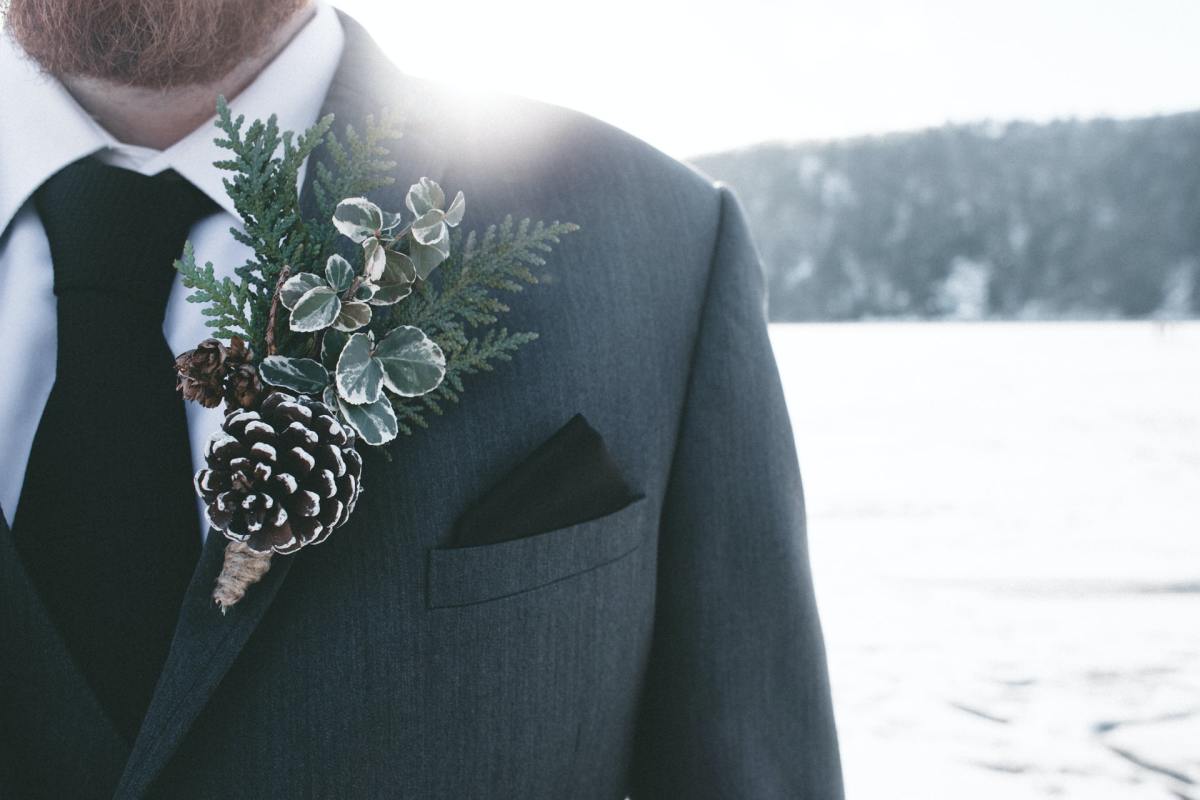
Minimal Wedding Photography
When it comes to combining minimalist photography with a wedding photoshoot, your approach is naturally going to differ quite a bit. In this case, your main job is to capture your subjects and their guests, while still lending a minimalist feel to it. The simple way to start setting up for your minimal wedding photography shoot is to choose a location with very little going on in the background. This may mean finding a large blank wall or heading outside to frame your subjects against the sky. The goal here is for you to end up with a selection of photos that showcase the wedding while remaining clean and simple. You may need to create photo opportunities as opposed to shooting candid in order to have more control over your composition.
Another tip for great minimal wedding photography is to play with the colors in post-production. For example, turning a photo black and white can be an easy way to make it appear more minimal. You can also play around with your DSLR aperture settings to make a slightly busier setting fade into the background. Check out the photography portfolios of some professional photographers to get even more ideas.
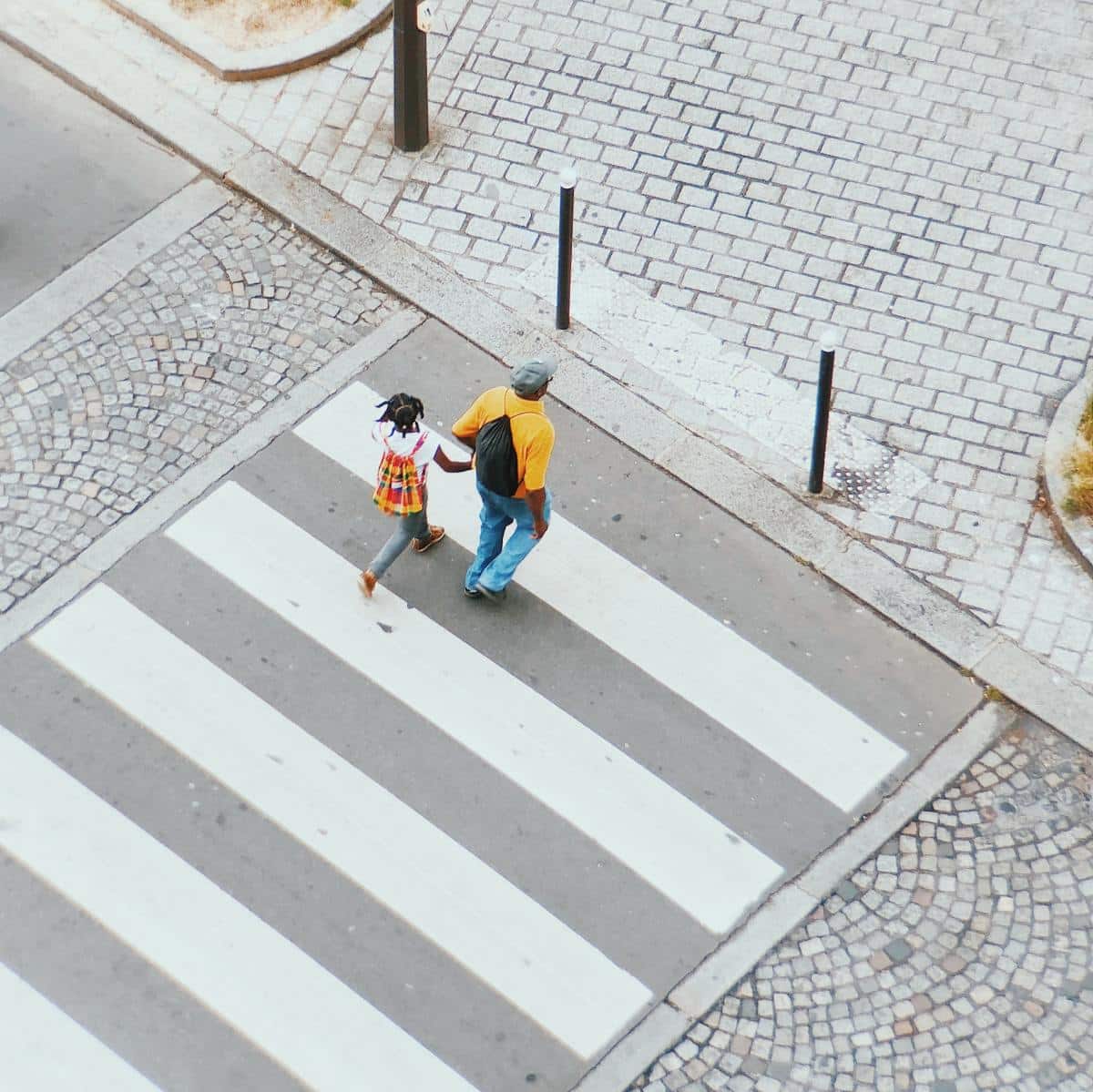
Minimal Street Photography
Street photography is another niche that doesn’t necessarily lend itself to minimalism, so you’ll have to be intentional about when and where you set up your shoot. For example, a hectic downtown intersection during rush hour is probably not going to make for a successful minimalist photo. However, under the right circumstances, minimal street photography is definitely a possibility that can lead to interesting and engaging photos. Start by getting some ideas from street photography portfolio websites, so you can understand what situations work best for creating a minimalist photo. It might be a good idea to find a higher vantage point from which you can look down on the street as opposed to being on the same level, and choose a quiet location or time of day to avoid unnecessary visual clutter in your minimal pictures.
Look for areas with simple backgrounds so they won’t distract from your subject, then wait for a single person to enter the shot you’ve already lined up ahead of time. This is also a good opportunity to play with contrast between light and dark or complementary colors, as both light and dark areas can be used as negative space in your minimal street photography. Since your chance to get the perfect shot might be limited to your subject briefly walking through your composition, it’s also a good idea to make use of your camera’s burst mode, so you will have a bunch of minimalist photos to choose from later on.
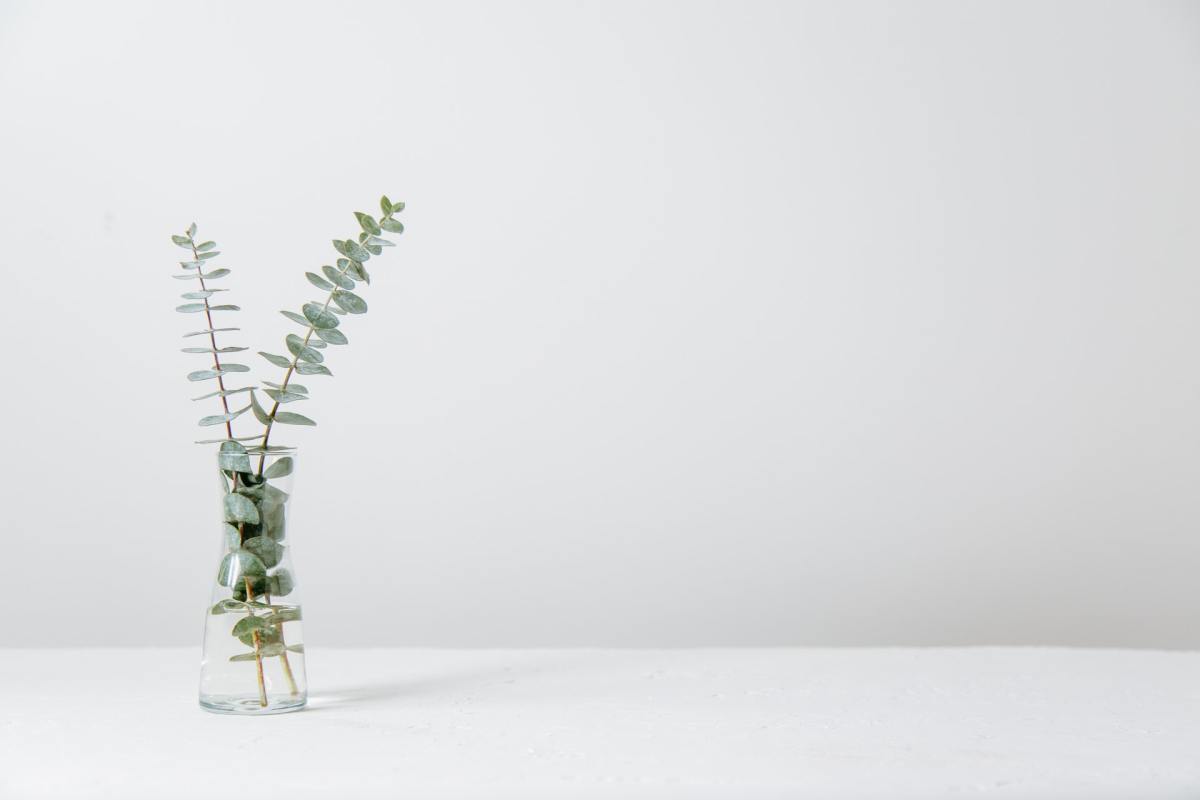
Minimalist Still Life Photography
Still life photography is the ideal niche to practice your minimalist photography. You have complete control over the objects and setting you choose to photograph, so it is really straightforward to eliminate anything that doesn’t add to the photo. In addition to what we’ve already gone over regarding minimalist photography, one thing to keep in mind with minimalist still life photography is what story you are trying to tell with your photo. Start by choosing a subject that is unique or visually interesting in some way, even if it is just an everyday object found around the house. Select your lighting and background depending on the vibe you are going for with your minimalist still life photography. There are all different kinds of still life setups that you can use for your minimalist photography, so have a look at some food photography portfolios and other still life portfolios to start the ideas flowing.
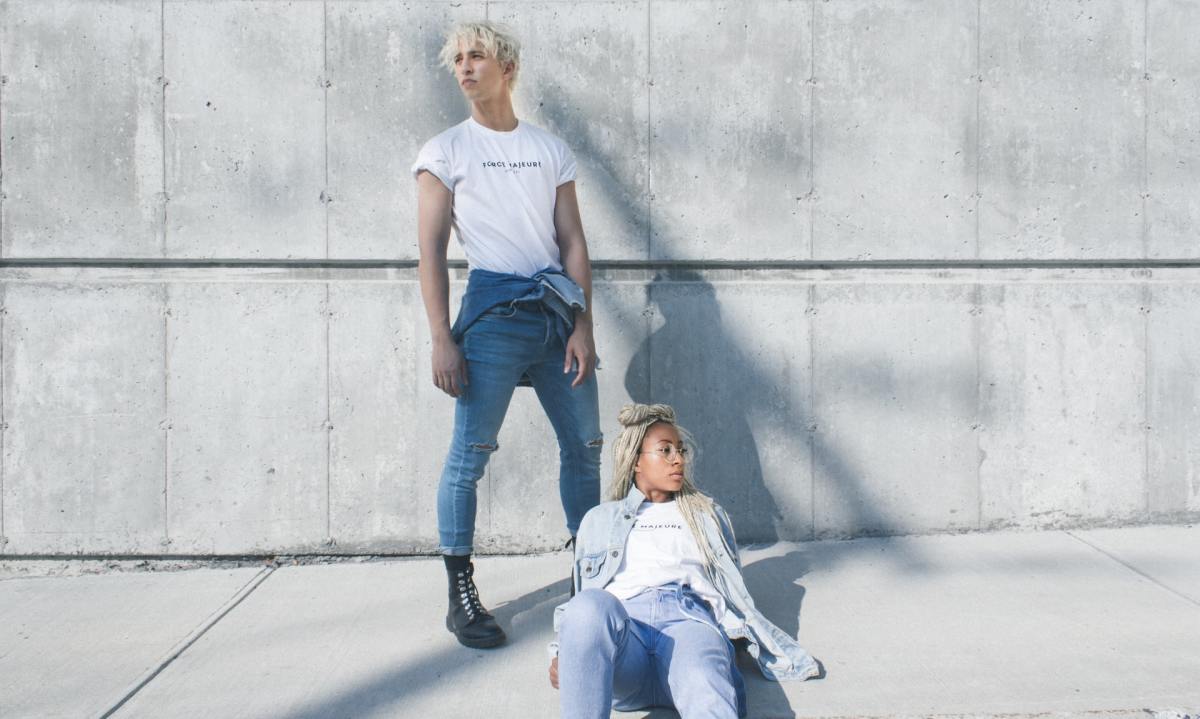
Minimalist Fashion Photography
When it comes to fashion photography, making it minimalist will have a lot to do with the clothes and accessories you are photographing. However, that doesn’t mean your photos need to be all black and white. Instead, you could try having your subject in a monotone outfit against a backdrop of that same color, or a complementary color, depending on what mood you are going for with your minimalist photography. Alternatively, if the clothes have more detail to them, you will want to ensure that there is a lot of negative space around your subjects so that the viewer will know where to look. Check out some fashion photography portfolios and these awesome International Women’s Day photography features to get your inspiration flowing.
Now that you’ve got a thorough understanding of the elements that make up a great minimal picture and the various niches you can apply your knowledge to, you should be ready to start building up your minimalist photography repertoire. Remember, the number one thing you need in order to improve your photography is a commitment to working at your craft. You can spend all of your time reading about minimalist photography and looking at photos from other artists, but ultimately, the only way that you are going to see real progress in your minimalist pictures is by continuing the practice and learn through experience. So get out there and take some photos, and don’t forget to add them to your online photography portfolio so potential clients can find your work.
Want more tips on making a living as a professional photographer?
Your Guide to Earning Money as a Photographer during COVID-19
How to Make Money with Your Photography
28 Freelance Work Websites for Finding New Clients and Better Jobs
